|
Today officially marks the last day of my Marie Skłodowska Curie Individual Fellowship at the University of Leeds, but we are a long way from the end of the research program that has emerged from my time with PlioMIP. I have a little more time to wrap up my lab work here, delayed by COVID-19 and supply issues caused by Brexit, before I will be heading to the University of Adelaide to start a four-year Ramsay Fellowship! 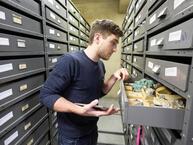 During my time at the Leeds I have taken on two leadership roles, on the steering committee of PlioMIP3 (website coming) and the Neogene Terrestrial Climate group within PlioMioVAR. I will be continuing in both these roles as I move to the School of Physics, Chemistry and Earth Sciences. I will also be continuing my exploratory palaeocloud investigations, with testing existing proxies for their capacity to reconstruct cloud. New to the position, I will be investigating possible bias in proxies for winter temperature in the Arctic, and I am planning to get back up to the Canadian Arctic Archipelago next year with PoLAR-FIT to find sites that fill the gaps in late Pliocene data-model comparison. I also hope to apply my past experience in palaeofire reconstructions to the current work to understand more of Australia's palaeoecological past with Jon Tyler .
0 Comments
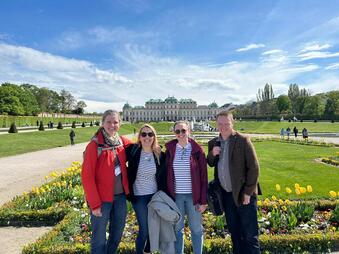 Despite that, our arrival on Saturday before the the conference and some cut-throat planning allowed a bit of time for the brain to absorb as some of our research group took a break to see some highlights of Vienna. My presentation was received with lots of interest and questions, which gave me plenty to think about as we move ahead to publish the results of the pilot growth experiments I ran through to early this year. There is lots more work still to do to take the micromorphological measurements, but promising results from the macromorphology. You never know what is going to catch your attention the most at a conference, and often it's the unexpected that delights the most. Capturing my imagination this year was the possibility to use earthworm calcite deposits to reconstruct climate (see more here). Already on the flight home I was checking which lineages of Earthworms are native to Canada, and what prospects we might have at my high northern sites.
The European Geological Union annual meeting is on again this year in Vienna from the 23-28 April 2023. I have the pleasure of presenting in session CL1.1 - Novel and quantitative methods for reconstructing continental palaeoenvironments and palaeohydrology, room 0.49/50 on Tuesday, 25 April 2023, 08:55. Huge thanks to the European Union, Horizon2020 Marie Skłodowska Curie Fellowship that has funded this work and my upcoming trip to Vienna to present, and to the organisers of our session, Ola, Beth, Cindy, Jessica and Seb, for putting it all together. 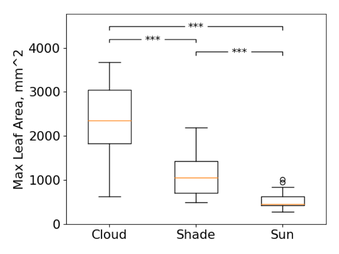 A box plot showing just one of the statistically significant changes in the macromorphology of my plants from the light growth experiments. A box plot showing just one of the statistically significant changes in the macromorphology of my plants from the light growth experiments. Cloudy with a chance it rained: Progress towards a proxy for palaeocloud Tamara Fletcher, Julia Tindall, Jochen Voss, and Alan HaywoodCloud has profound impacts on climate, thus accurate cloud simulation is critical for accurate climate modelling. As the greatest source of uncertainty in such models, cloud drives discrepancies in the prediction of future climate. Cloud simulations are validated against recent observations; however, these records do not capture the climate space we are entering this century, limiting our ability to test model accuracy under near future conditions. The best analogue for the 21st Century climate trajectory comes from the Pliocene. Reconstructions of Pliocene cloud regimes would provide critical validation data for climate model performance with respect to cloud. However, despite the wealth ways to reconstruct other climate variables, no method has been developed for reconstructing cloud in deep time. We are working towards proxies capable of reconstructing past cloud, with the goal of establishing a global cloud database for the Pliocene. Our initial results demonstrate the relationship between vegetation and large-scale patterns in cloud in the modern, and tests the model derived from the modern data against palaeoclimate model vegetation and cloud. How to cite: Fletcher, T., Tindall, J., Voss, J., and Haywood, A.: Cloudy with a chance it rained: Progress towards a proxy for palaeocloud, EGU General Assembly 2023, Vienna, Austria, 23–28 Apr 2023, EGU23-13521, https://doi.org/10.5194/egusphere-egu23-13521, 2023. Things have been all go in the palaeolab with a new research assistant on board to help process the tiny forest I have been growing since July last year. In all I grew 125 silver birch under sun, cloud and shade mimicking light conditions to see what impact the qualities of that light had on growth at both the macro and micro-morphological scale. Over the last month we have been chopping them down, while measuring characteristics such as height, internode distance, ration of root to above ground weight. Every leaf is being photographed to capture 'green-ness' and for semi-automated measurement of leaf size. While the results aren't yet in, the below image captures what we are seeing pretty well - silver birch seedlings don't appreciate full sun, shade do ok, but they love the cloudy conditions so familiar to their home in Yorkshire! Hopefully my statistical analysis will bear out some differences we can track in the fossil record too, in our search for a proxy for cloud in deep-time.
It's been a long summer for my silver birch but after just over six months in the grow tents they are now ready for harvest - perhaps over ready as the roots of our tallest trees are making their escape. I am now starting a couple of months of measurement and lab preparation as I get the macromorphological work done for EGU in April.
 Today the research group took advantage of the density of Universities in the United Kingdom and took the train to Durham University to meet with Erin McClymont and her research team. Here we had an informal workshop on Pliocene data-model comparison with a focus on the ongoing work of PlioMioVAR from the data-side, and teasing apart the role of CO2 forcing from other factors on the palaeoclimate modelling side. Gaining a general overview of where everyone's projects were up to has also stimulated some more ideas for collaboration going forward. On the way, we stopped in at the beautiful Durham Cathedral and walked through the historic university precinct.
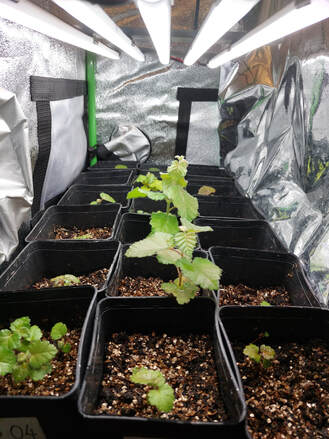 In the lab, however, our trees are enjoying the warmth in their grow tents, and long days, much like the hydroponic and greenhouse crops that form so much of the unseasonally rich winter diet so many of us enjoy in modern Europe. As well has investigating the potential for a proxy for climate in deep time, such photobiological studies can inform indoor-agriculture with greater control over LEDs providing improvements in energy efficiency and crop quality.  This year's online conference comprised 26 inspiring presentations, 60 participants from 20 countries, and many new scientific ideas as well as exciting proposals for new activities. Extreme environments was a key topic in this year's meeting with several contributions such as modeling photosynthesis in arctic forests, the evolution of plant diversity changes on the Tibetan Plateau, and my own work on data-model comparison and the problem of the warm Pliocene Arctic, A number of presentations dealt with the question of Paleogene climate, plant diversity and vegetation patterns, and especially the role of the Indian subcontinent on plant biogeography. This was accompanied by contributions, which shed light on the marine signal from the Indian Ocean with significance for understanding Asian monsoon history. Research on Neogene and Quaternary vegetation and climate reconstructions was extremely broad, with a range of methods such as pollen and NPPs, paleocarpology, and techniques of ecological niche modelling, and even modelling of mammal dispersal across sea straits. Thank you so much to the conference organisers: Angela Bruch, Torsten Utescher, Marianna Kováčová and Martina Stebich, who put so much effort into making this online experience run smoothly.
NECLIME annual meeting 2023 will be held in Matsudo, Chiba, Japan from August 30th to September 6th 2023, cosponsored by the Graduate School of Horticulture, Chiba University This week, at The Old Courthouse in Otley, I have the pleasure of sharing my research with two other wonderful women scientists.
Why do we gain weight? – It’s all in your brain! Dr Gisela Helfer, School of Chemistry and Biosciences, University of Bradford No one wants to overeat, yet many of us are fighting a never-ending battle with our hormones and ancient, instinctive brain circuits to try to control our body weight – often unsuccessful. Join me on a journey through cutting-edge neuroscience research to explore why it is so difficult for many of us to lose weight, how the brain undermines our dieting efforts and why some people are hungrier than others. The buzz about Bees Dr Liz Duncan, School of Biology, University of Leeds “Save the bees!” is a familiar phrase – but which bees? Liz will talk about her research on honeybees (and other bees), some of the threats to bees and what we can do to help. Cloudy with a chance it rained Dr Tamara Fletcher, School of Earth and Environment, University of Leeds Clouds are the greatest source of uncertainty in climate models. To test how climate models perform in future-like climates we test them on geologic warm periods, however, there is currently no way to reconstruct cloud in the distant past. Are our models getting cloud right? In this talk, I will take you through some of the ways we are trying to reconstruct that icon of the ephemeral, cloud, 4 million years in the past. Tickets for the Café are £6, but free for under 18s, starting at 7:30 pm. With less than eight months remaining of my MSCA Fellowship in Leeds, I am already planning ahead to the next steps with applications in, or in progress, to several fellowship schemes and advertised faculty positions around the world. Its a tight time in the project, when inevitably, so much is happening and needs to happen all at once, While career development is often a desired outcome of fellowships, few if any allow formal time for finding the next position - a critical component of the workload of most Early Career Researchers. How could we better fund research for high quality outcomes without the burn-out and leaky pipeline of academia?
|
ProjectClouds cause the greatest uncertainty in climate models, but we currently have no way of testing cloud model performance in a climate with higher CO2 than the historical records. Palaeontology gives us access to such a past, but currently, we don't have a method to reconstruct cloud in deep time. Archives
June 2023
Categories |
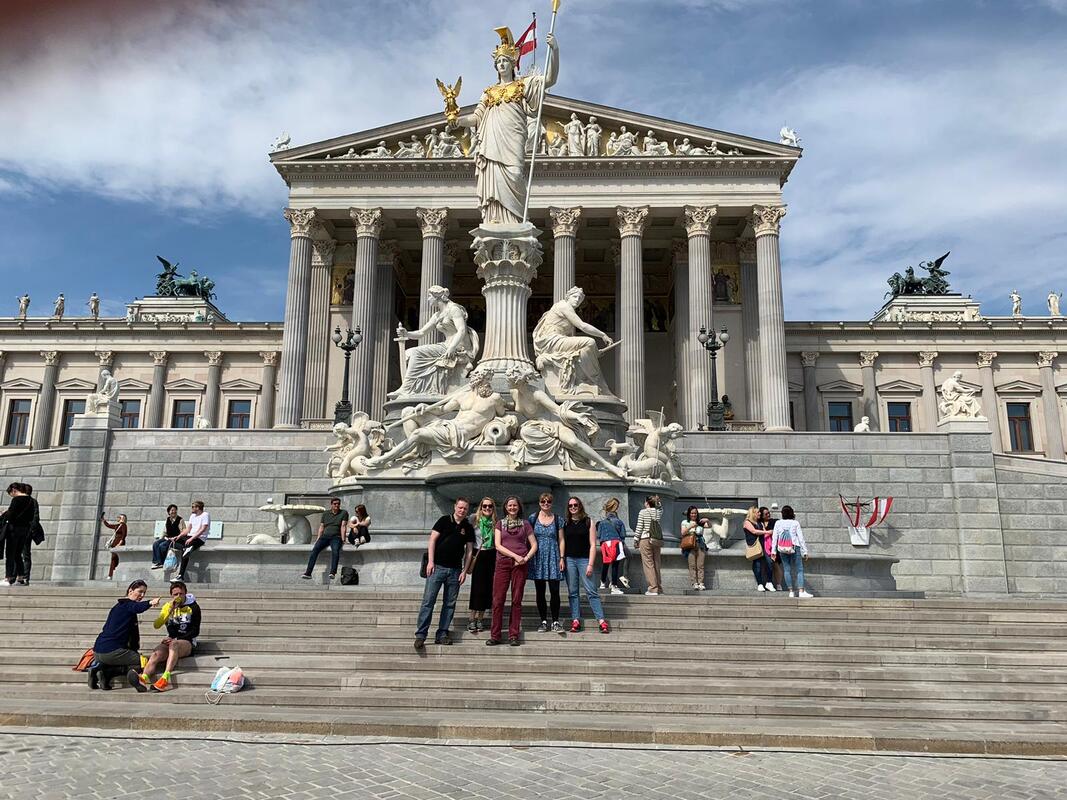
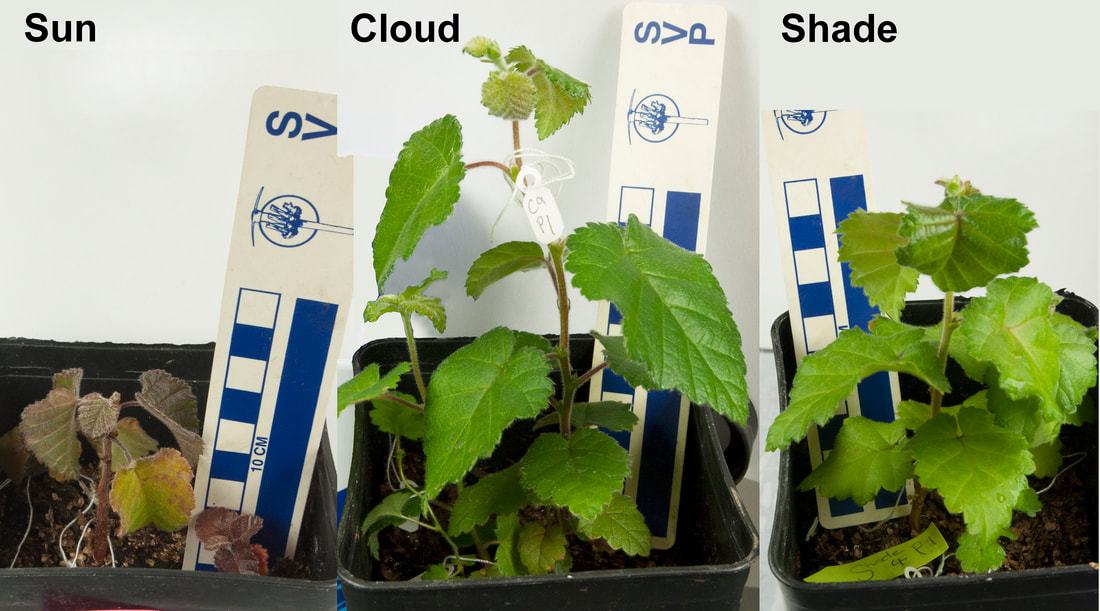
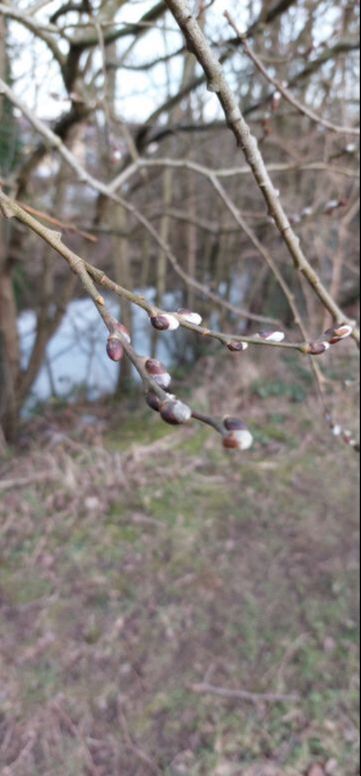
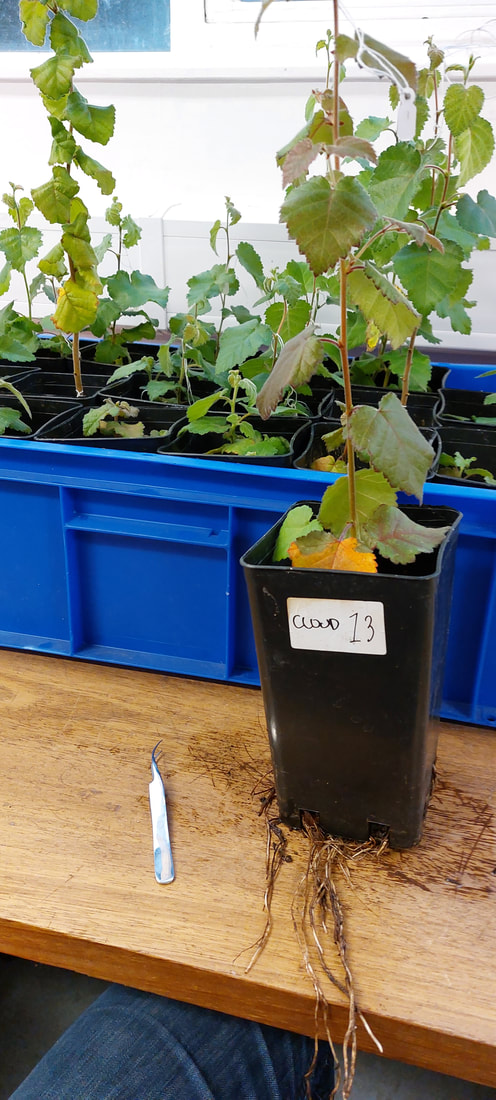
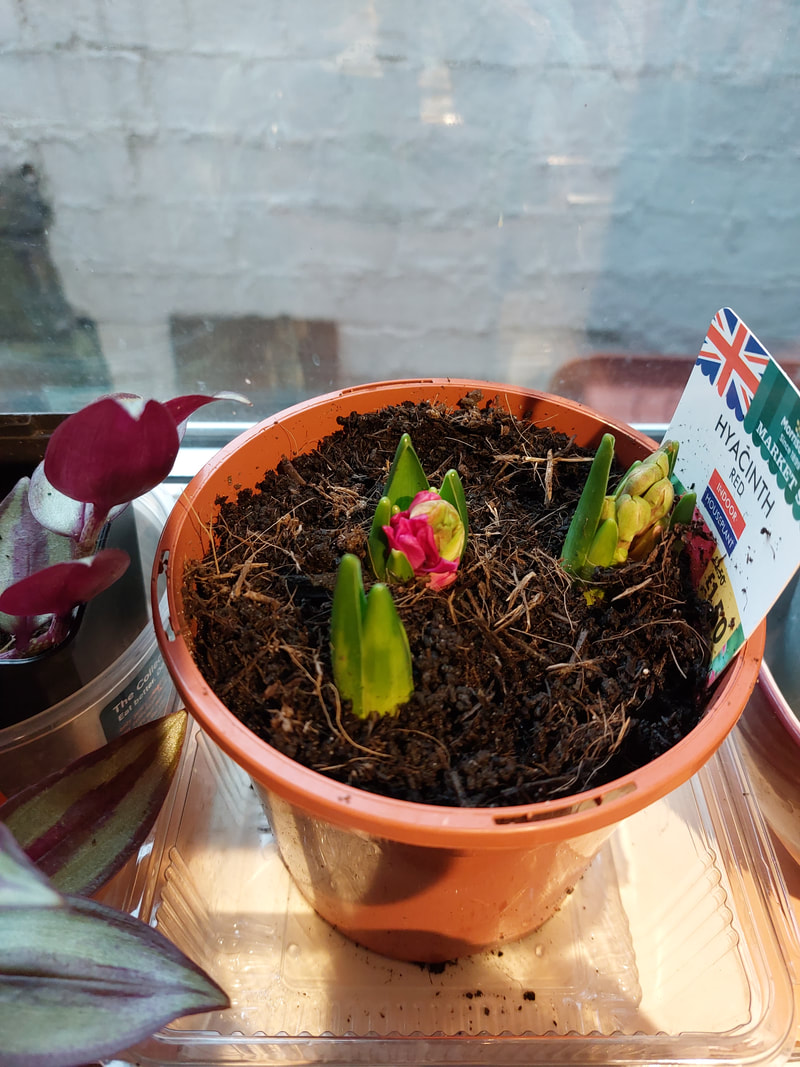
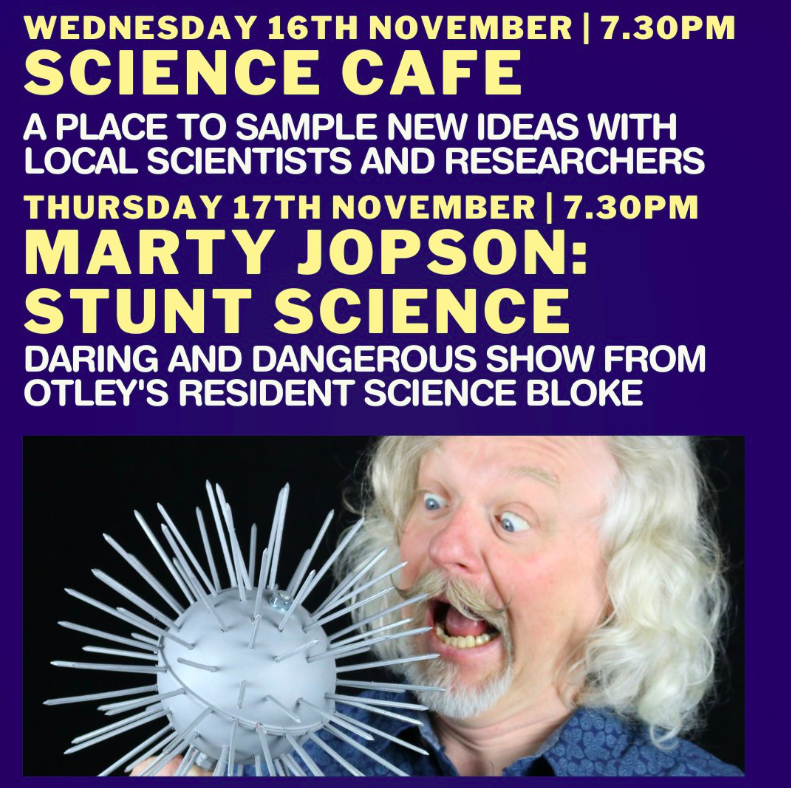
 RSS Feed
RSS Feed
